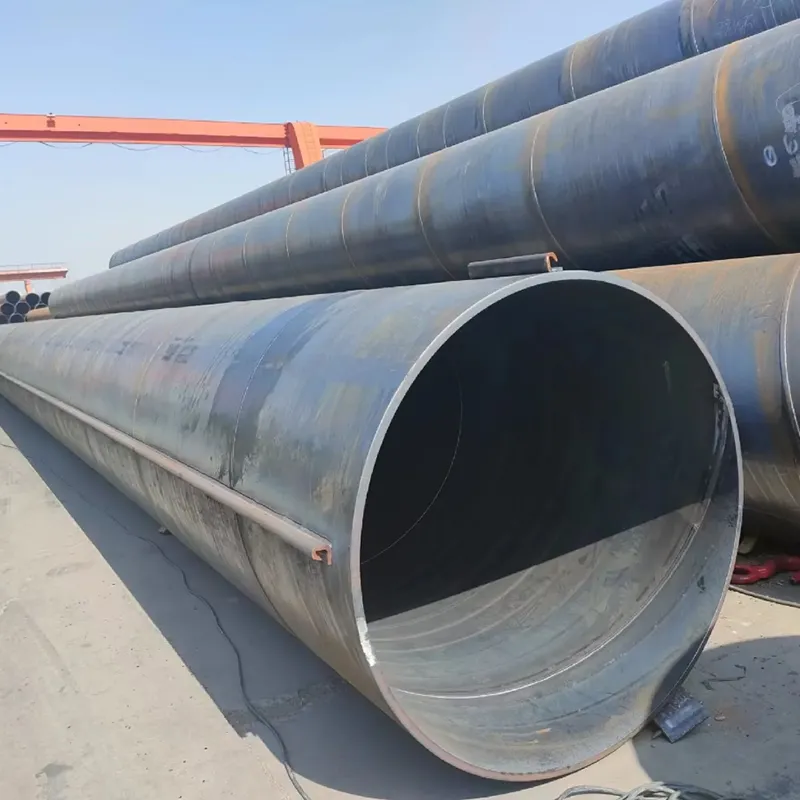-
Cangzhou Yulong Steel Co., Ltd.
-
Phone:
+86 13303177267 -
Email:
admin@ylsteelfittings.com
- English
- Arabic
- Italian
- Spanish
- Portuguese
- German
- kazakh
- Persian
- Greek
- French
- Russian
- Polish
- Thai
- Indonesian
- Vietnamese
- Zulu
- Korean
- Uzbek
- Hindi
- Serbian
- Malay
- Ukrainian
- Gujarati
- Haitian Creole
- hausa
- hawaiian
- Hebrew
- Miao
- Hungarian
- Icelandic
- igbo
- irish
- Japanese
- Javanese
- Kannada
- Khmer
- Rwandese
- Afrikaans
- Albanian
- Amharic
- Armenian
- Azerbaijani
- Basque
- Belarusian
- Bengali
- Bosnian
- Bulgarian
- Catalan
- Cebuano
- China
- China (Taiwan)
- Corsican
- Croatian
- Czech
- Danish
- Esperanto
- Estonian
- Finnish
- Frisian
- Galician
- Georgian
- Kurdish
- Kyrgyz
- Lao
- Latin
- Latvian
- Lithuanian
- Luxembourgish
- Macedonian
- Malgashi
- Malayalam
- Maltese
- Maori
- Marathi
- Mongolian
- Myanmar
- Nepali
- Norwegian
- Norwegian
- Occitan
- Pashto
- Dutch
- Punjabi
- Romanian
- Samoan
- Scottish Gaelic
- Sesotho
- Shona
- Sindhi
- Sinhala
- Slovak
- Slovenian
- Somali
- Sundanese
- Swahili
- Swedish
- Tagalog
- Tajik
- Tamil
- Tatar
- Telugu
- Turkish
- Turkmen
- Urdu
- Uighur
- Welsh
- Bantu
- Yiddish
- Yoruba

Aug . 13, 2024 08:46 Back to list
Exploring the Benefits and Applications of Pressed Flange Technology in Modern Engineering Solutions
Pressed Flange An Overview
Pressed flanges are critical components used in various industrial applications, particularly in piping systems. They serve as connectors between two pipes or between a pipe and a vessel, ensuring that the system operates efficiently and safely under pressure. This article explores the design, manufacturing process, benefits, and applications of pressed flanges.
Design and Manufacturing Process
Pressed flanges are typically made from metal sheets that are shaped through a pressing process. This method involves the use of molds and hydraulic presses to achieve the desired thickness and diameter of the flange. The production begins with cutting metal sheets into the appropriate sizes before they are subjected to high-pressure stamping or pressing. This not only shapes the flange but also enhances the metal's material properties, making it stronger and more durable.
Various materials can be used to manufacture pressed flanges, including carbon steel, stainless steel, and alloys. The choice of material depends on the application requirements, such as temperature, pressure, and corrosiveness of the environment. After the pressing process, flanges may undergo additional treatments, like heat treatment or surface finishing, to achieve optimal performance characteristics.
Benefits of Pressed Flanges
One of the primary advantages of pressed flanges is their strength-to-weight ratio. Due to their construction process, they are typically lighter than forged flanges while still maintaining high tensile strength. This weight reduction can lead to easier installation and lower transportation costs. Additionally, pressed flanges are highly versatile and can be manufactured in various sizes and thicknesses to suit diverse applications.
pressed flange

Another significant benefit is their cost-effectiveness. The mass production of pressed flanges allows for a reduction in manufacturing costs, making them an economically attractive option for many projects. Furthermore, the consistent quality achieved through the pressing process ensures reliability and minimizes the risk of failure in piping systems.
Applications
Pressed flanges are employed in a variety of applications across different industries. In the oil and gas sector, they are commonly used to connect pipelines that transport crude oil, natural gas, and other fluids. Their ability to withstand high pressures and temperatures makes them ideal for such demanding conditions.
In the petrochemical industry, pressed flanges are integral to the construction of processing equipment and storage tanks. The ability to customize their dimensions also allows engineers to design systems that meet specific operational requirements.
Additionally, in the construction industry, pressed flanges are often utilized in HVAC systems, fire protection systems, and water distribution systems. Their lightweight nature facilitates easier handling and installation, which can be particularly advantageous in projects with tight deadlines.
Conclusion
In summary, pressed flanges are essential components in many industrial applications, offering a blend of strength, versatility, and cost-effectiveness. Their manufacturing process, which involves high-pressure pressing of metal sheets, produces reliable products suitable for high-pressure and demanding environments. As industries continue to evolve, the importance of pressed flanges and their contributions to the safety and efficiency of piping systems cannot be overstated. Whether in energy, construction, or manufacturing, pressed flanges play a pivotal role in ensuring seamless operations in modern infrastructure.
Latest news
-
ANSI 150P SS304 SO FLANGE
NewsFeb.14,2025
-
ASTM A333GR6 STEEL PIPE
NewsJan.20,2025
-
ANSI B16.5 WELDING NECK FLANGE
NewsJan.15,2026
-
ANSI B16.5 SLIP-ON FLANGE
NewsApr.19,2024
-
SABS 1123 FLANGE
NewsJan.15,2025
-
DIN86044 PLATE FLANGE
NewsApr.19,2024
-
DIN2527 BLIND FLANGE
NewsApr.12,2024
-
JIS B2311 Butt-Welding Fittings LR/SR 45°/90° /180°Seamless/Weld
NewsApr.23,2024











